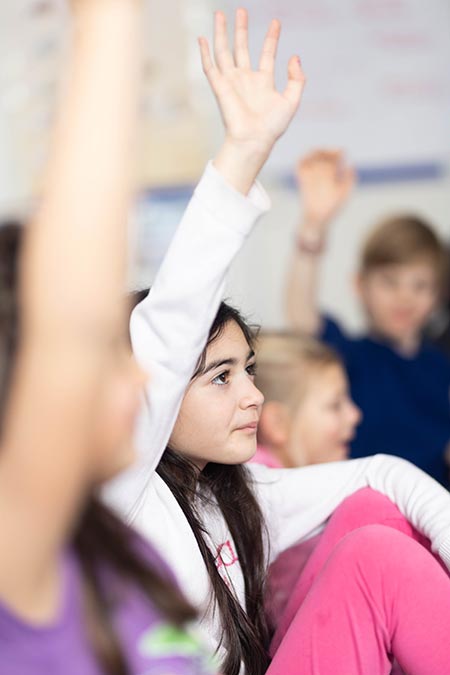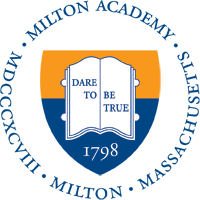Grade 3
Guided by our knowledge of child development, the Grade 3 year is designed to be a key transitional experience between the lower and upper grades–and it comes with the magic of both. We nurture Grade 3 students’ earnest sense of wonder as well as their increasing interest in more intellectual discussion and higher order thinking. We nurture their joy in snuggling up for a read aloud as well as their pride in presenting a complex math solution to a group or analyzing a novel for the first time. As students engage in increasingly abstract thought and their inquiries take them beyond their immediate environment, we support students to make connections between the “here and now” and “long ago and far away.” Thanks to our small class sizes, we can provide individualized learning experiences for each of our students; this is especially true during our reading classes, where we use research-based, scientific approaches to support each child on their individual reading journey. Grade 3 students continue to build on the strong foundation of skills, set in the early grades, that they will need in order to manage their own learning processes. We support them to apply these skills to increasingly complex academic work, such as multi-step multiplication and division problems, multi-chapter novels, and information-dense non-fiction texts. As they develop greater independence as learners, they also expand their capacity to engage one another in sustained collaborative group work and report their findings to their learning community.

Math
- Content
- Multiplication and division: early strategies, models, and big ideas
- Modeling with data: graphs and line plots
- The structures of the Base 10 number system: thinking in terms of multiples of 10
- The role of measurement in 2D geometry: perimeter, area, and polygons
- The role of fractions in fair sharing situations; modeling fractions on number lines
- Using advanced addition and subtraction strategies in measurement situations
- Multiplication and division in multi-step, real world problems
- K-5 Math Practices
- Make sense of problems and persevere in solving them.
- Reason abstractly and quantitatively.
- Construct viable arguments and critique the reasoning of others.
- Model with mathematics.
- Use appropriate tools strategically.
- Attend to precision.
- Look for and make use of structure.
- Look for and express regularity in repeated reasoning.
Reading
- Reading workshop
- Becoming self-driven, independent, every day readers
- Narrative nonfiction: reading narratives in order to learn and glean information, identify main ideas, and study text structures
- Character development in longer fiction texts
- Research clubs: collaborating to learn about a topic of interest from nonfiction texts
Writing
- Crafting true stories
- Informational writing
- Persuasive writing: speeches, petitions, and editorials
- Fairy tales
Social Studies
- Indigenous peoples studies: First Nations
- Immigration to the United States
- Cities: Boston as a site for learning about immigration, city planning, and architecture (math integration)
Diversity, Equity, Inclusion, & Justice (DEIJ)
- Anti-bias: creating a safe and comfortable classroom environment; understanding my strengths, skills, and identity; understanding and appreciating differences; understanding bias and discrimination; challenging and confronting bias
- Racial literacy: stories of activism past and present
- Social justice: Who are the activists in my community? Art and activism.
